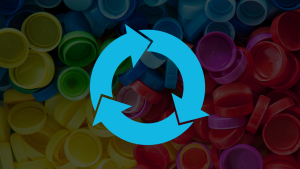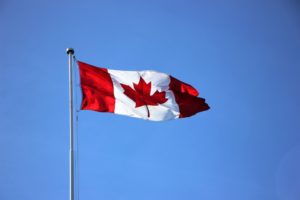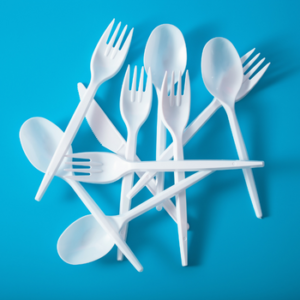Kitchener mother finds “sneaky plastics” in household waste: Calls for wider bans as Ottawa moves against single-use plastics
Completing a five day zero-waste challenge was eye-opening for a family in Kitchener, Ontario.
Through close inspection of the garbage generated during the challenge, it became clear that certain packages – long thought to be recyclable – were not, due to hidden plastic components. Although the Canadian government took world-leading steps to ban six types of single-use plastics at the end of 2022, more work remains to target diverse and highly impactful types of waste.
Story Preview:
Over the next decade, the world-leading ban will eliminate an estimated 1.3 million tonnes of hard-to-recycle plastic waste and more than 22,000 tonnes of plastic pollution, which is equivalent to over a million garbage bags full of litter, says the statement.
But if you don’t eat fast food, the federal ban will have little impact.
“We don’t drink bottled water, we don’t use plastic straws, the single-use plastics are not something we had a lot of in our lives anyway,” said McIntosh.
For McIntosh and her family, “sneaky plastics” are the problem.
“It was more the hidden plastics, the ice cream container with plastic layers, or even meat packaging you think is a paper material but it is actually plastic, so it’s garbage,” said McIntosh.
Plastics pollution is so widespread, microscopic plastics are showing up in human blood, poop and placenta.
But Jennifer Lynes Murray, a University of Waterloo professor who teaches business and environment, social marketing and enterprise strategies for social accountability, has worked for more than a decade on one of biggest generators of single-use plastic waste — concerts, sporting events and festivals.
For a decade Murry worked with artists and musicians, venues and promoters to ban the use of plastic cups at venues. Instead, the fans can bring refillable containers, and free water is provided at filling stations. The Hillside Festival in Guelph has adopted many green initiatives, said Murray.
Terry Pender, The Record, Jan 17, 2023



